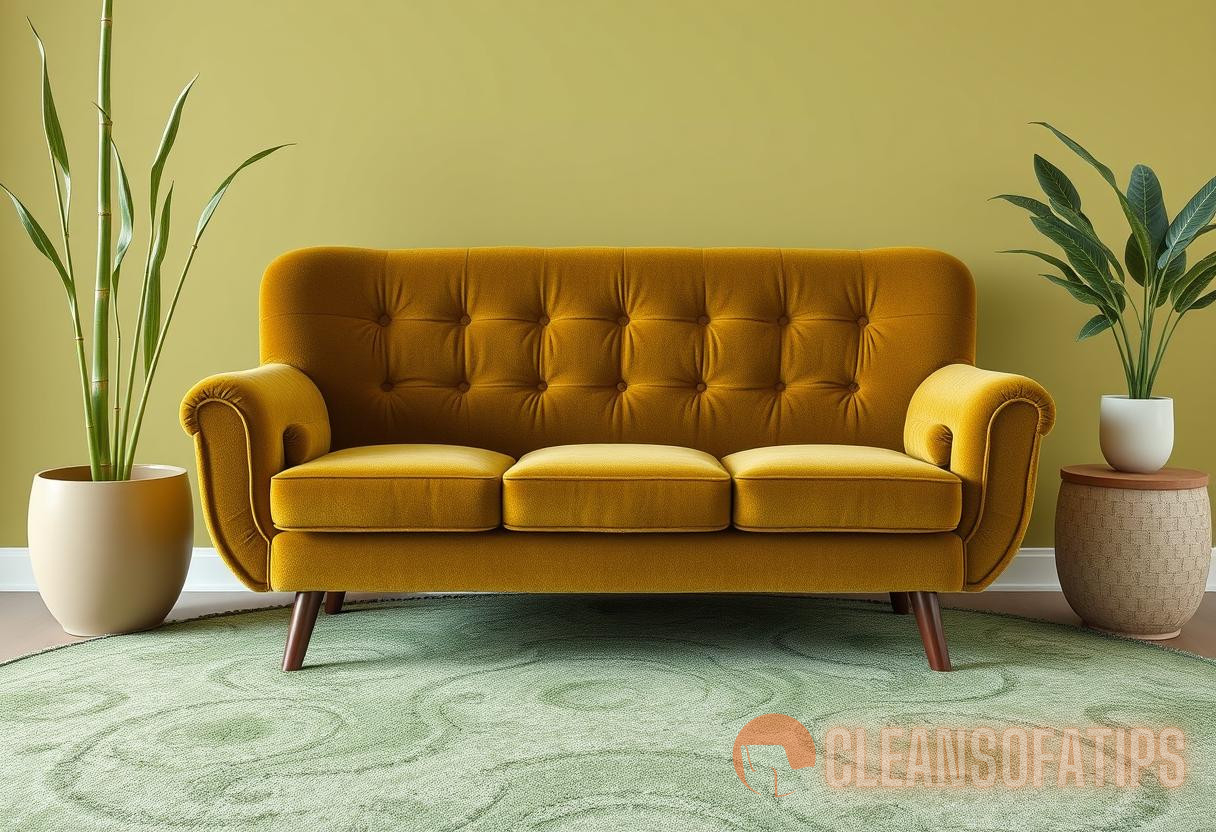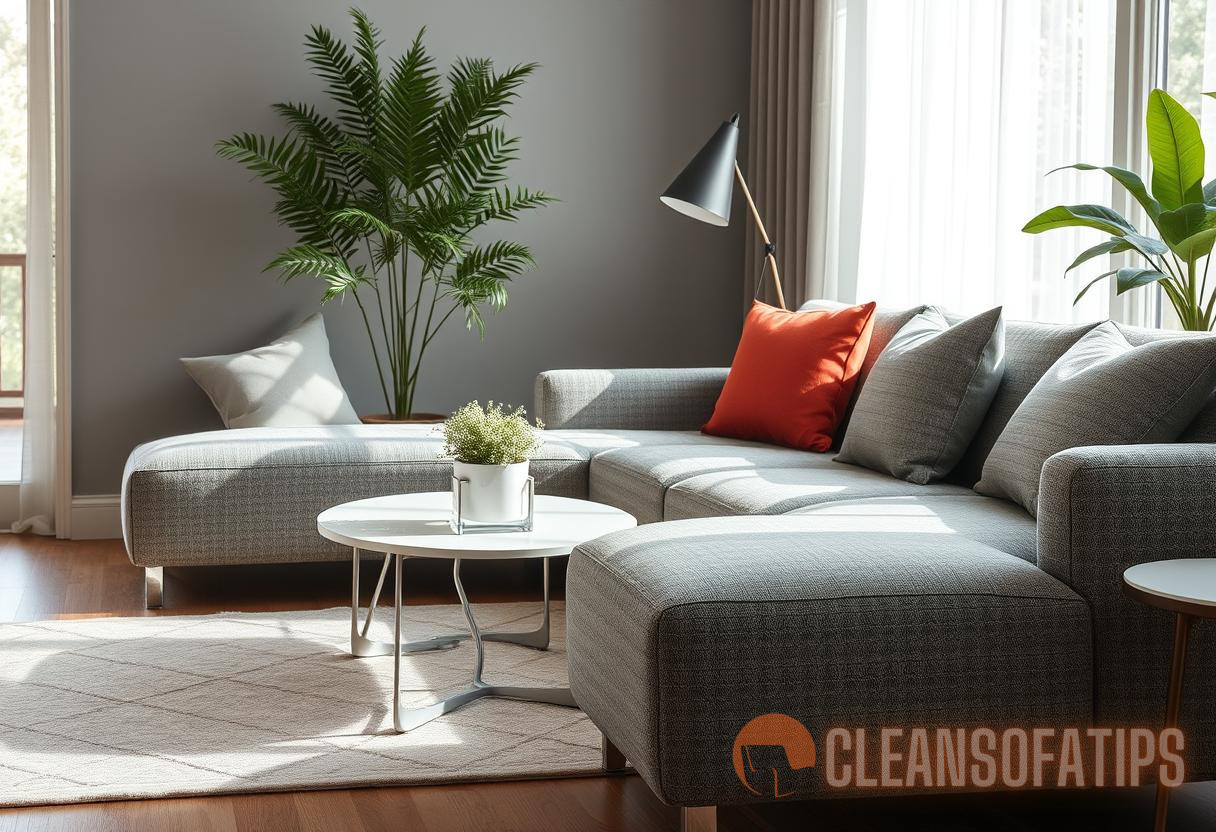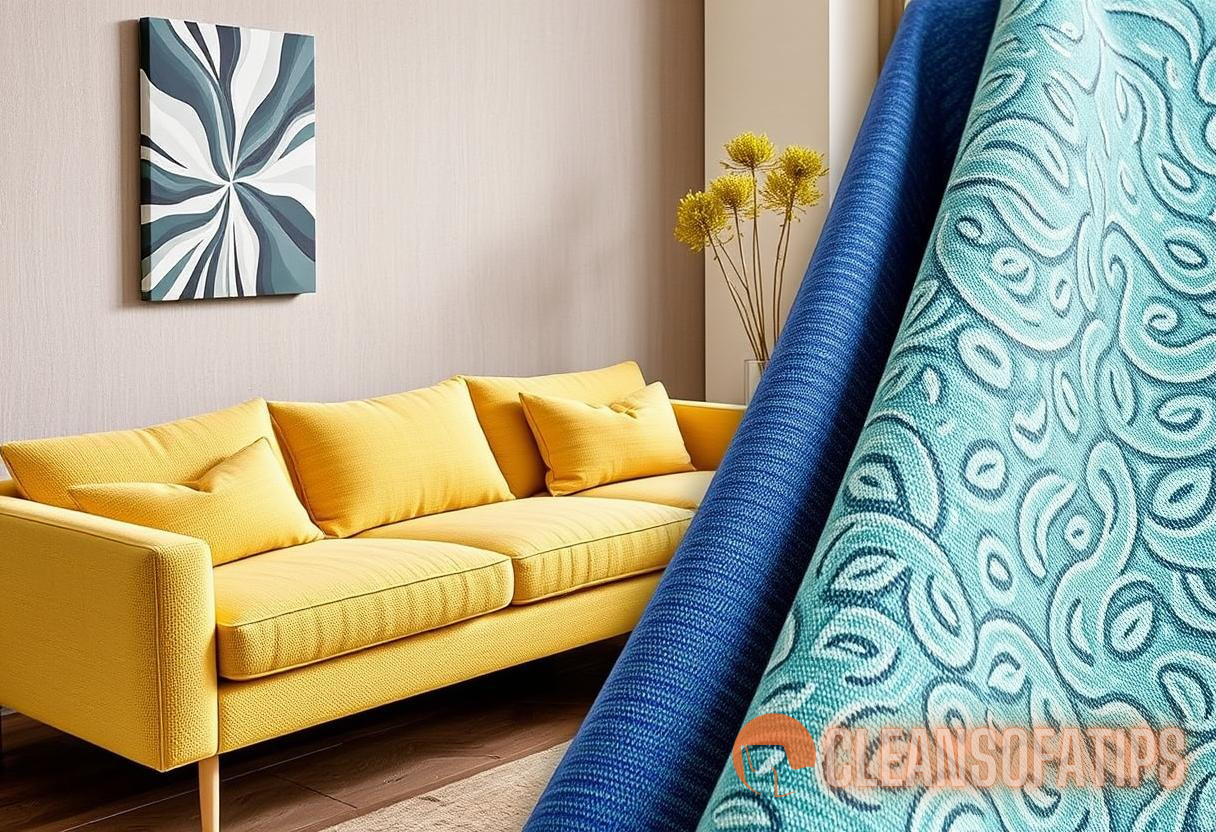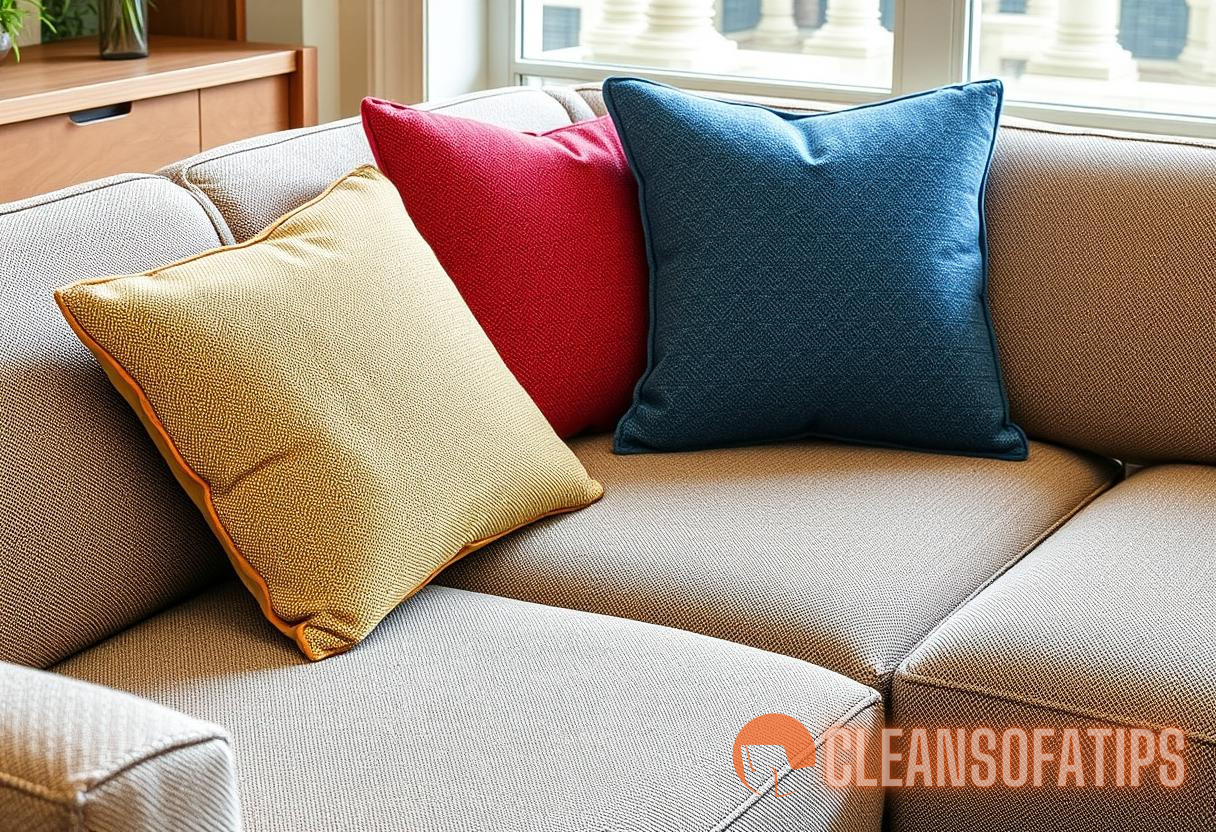Nano Meets Nature: Revolutionizing Upholstery with Biodegradable Self-Cleaning Fabrics
In recent years, the intersection of nanotechnology and environmental sustainability has led to remarkable innovations in various industries. One of the most exciting developments is in the field of upholstery, where the emergence of biodegradable self-cleaning fabrics is changing perceptions about fabric care. These innovative materials are not only eco-friendly upholstery options but also offer practical cleaning solutions that optimize both longevity and aesthetic appeal.
Understanding Nanotechnology
Nanotechnology refers to the manipulation of matter on an atomic or molecular scale, typically below 100 nanometers. This technology allows for the creation and optimization of materials that possess unique properties—strength, lightweight, and chemical reactivity. Leading to advancements in various applications, nanotechnology has a substantial role in the textiles industry.
Within the context of textiles, nanoparticles can be embedded in fabrics to enhance their functionality. For instance, nanostructured coatings can provide water repellency, stain resistance, and UV protection while maintaining comfort and breathability.
The Need for Eco-Friendly Upholstery
With the increasing awareness of environmental issues, consumers are demanding greener alternatives in all aspects of their lives, including upholstery. Eco-friendly upholstery offers many benefits:
- Reduced Environmental Impact: Utilizing biodegradable materials lowers carbon footprints and minimizes landfill waste.
- Healthier Indoor Air Quality: Many traditional upholstery fabrics emit volatile organic compounds (VOCs), while eco-friendly choices often avoid these toxic substances.
- Durability and Maintenance: New technologies ensure that fabrics not only look good but also last longer and require less cleaning.
The combination of biodegradable materials with nanotechnology presents a groundbreaking solution to these concerns.
Introducing Biodegradable Self-Cleaning Fabrics
Biodegradable self-cleaning fabrics utilize advanced nanotechnology to provide innovative solutions that cater to both performance and sustainability. These fabrics exhibit remarkable properties, making them suitable for upholstery applications:
- Self-Cleaning Properties: The incorporation of nanostructures creates surfaces that repel dirt and liquids, allowing stains to wash off with mere exposure to water. This is often achieved through a phenomenon known as the “lotus effect,” inspired by the self-cleaning ability of lotus leaves.
- Biodegradability: Materials used in these fabrics can be derived from natural fibers such as cotton or hemp and are engineered to decompose over time without releasing harmful chemicals into the environment.
- Enhanced Durability: The addition of nanoparticles can improve fabric resistance to wear and tear, ensuring that the upholstery maintains its look and functionality longer.
The Science Behind Self-Cleaning Fabrics
How Do They Work?
The effectiveness of self-cleaning fabrics is primarily based on two design principles: hydrophobicity and surface roughness. Hydrophobic materials resist water, causing droplets to bead up and roll off surfaces rather than soaking in. Surface roughness enhances this property by creating micro- and nanostructures that trap air, further preventing water adhesion.

Material Composition
Common materials used in the production of biodegradable self-cleaning fabrics include:
- Natural Fibers: Organic cotton and bamboo fibers are frequently used, providing a sustainable alternative to synthetic options.
- Biopolymers: Polylactic acid (PLA) and polyhydroxyalkanoates (PHAs) are biodegradable polymers derived from renewable resources.
- Nanoparticles: Zinc oxide, titanium dioxide, and silica nanoparticles offer antimicrobial properties while contributing to the self-cleaning feature.
Real-World Applications
Several innovative companies have begun to embrace biodegradable self-cleaning fabrics for their upholstery lines, demonstrating the practicality of these materials:
- Smart Fabrics: Designed for use in furniture, this brand combines comfort with cutting-edge technology, offering a range of self-cleaning upholstery options.
- Natural Fiber Coatings: Using natural fibers treated with biodegradable coatings, this company emphasizes sustainability without compromising quality and performance.
Research conducted by ScienceDirect indicates that self-cleaning upholstery has reduced cleaning time by up to 50%, which not only saves energy but also conserves water, making them invaluable in commercial settings.
Sustainability and Environmental Impact
Reducing Waste and Promoting Circular Economics
The integration of biodegradable self-cleaning fabrics into upholstery offerings minimizes waste significantly. Unlike conventional synthetics, which can take hundreds of years to decompose, these eco-friendly upholstery options break down into harmless constituents naturally, promoting a circular economy.
The concept of a circular economy encourages products to be re-used or repurposed at the end of their life cycle. Fabrics that can easily break down into non-toxic materials contribute to this approach as they do not linger in landfills, fueling environmental degradation.
Energy Efficiency in Production
Eco-friendly upholstery materials often require less energy to produce compared to their traditional counterparts. This reduction stems from:
- Use of Renewable Resources: Sourcing raw materials from renewable bio-resources decreases reliance on fossil fuels.
- Less Energy-Intensive Processing: Many biodegradable options undergo less processing, leading to lower energy consumption in manufacturing.
The transition to such sustainable practices aligns with global goals to reduce greenhouse gas emissions and combat climate change.

Challenges and Future Developments
Barriers to Widespread Adoption
Despite the numerous benefits of biodegradable self-cleaning fabrics, some challenges hinder their widespread adoption:
- Initial Investment Costs: Higher production costs can result in pricier end products, potentially discouraging consumers from making the switch to eco-friendly upholstery.
- Consumer Awareness: Many consumers lack awareness about the benefits of biodegradable and self-cleaning fabrics, making marketing and education crucial.
- Performance Comparisons: Most consumers still associate high-performance upholstery with traditional fabrics, thus necessitating more extensive testing and demonstrations.
Future Innovations on the Horizon
The future of biodegradable self-cleaning fabrics remains promising, with ongoing research aimed at improving performance while reducing costs. Some anticipated developments include:
- Hybrid Materials: Combining synthetic and natural materials could lead to fabrics that are both durable and biodegradable.
- Nano-Coating Advances: New formulations may enhance self-cleaning abilities, making them even more effective against tough stains.
- Increased Market Awareness: As education and awareness grow among consumers, the market for eco-friendly upholstery is expected to expand, reinforcing the demand for sustainable solutions.
Integration of Biodegradable Self-Cleaning Fabrics in Fabric Care
Care Recommendations for Fabrics
Even though self-cleaning fabrics are designed to minimize maintenance needs, some care practices can help maintain their longevity and functionality:
- Regular Dusting: Use a soft cloth or upholstery brush to remove any settled dust, ensuring the fabric remains visibly clean.
- Use Mild Cleaners: If deeper cleaning is necessary, opt for eco-friendly, non-toxic cleaners that will not damage the fabric or its properties.
- Avoid Harsh Chemicals: Fabrics coated with nanotechnology may be sensitive to certain chemicals; therefore, caution is advised when selecting cleaning agents.
For more in-depth information on fabric care practices, explore our articles on fabric maintenance and choosing eco-friendly textiles.
Conclusion
In summation, the convergence of nanotechnology with environmentally responsible practices has birthed a new era in upholstery, empowering consumers to choose smarter, sustainable options. Biodegradable self-cleaning fabrics not only embody the essence of eco-friendly upholstery but also pave the way for future innovations within the textile industry. As awareness continues to grow and technologies advance, these materials stand poised to set new standards in sustainable living while enhancing the convenience of fabric care.



